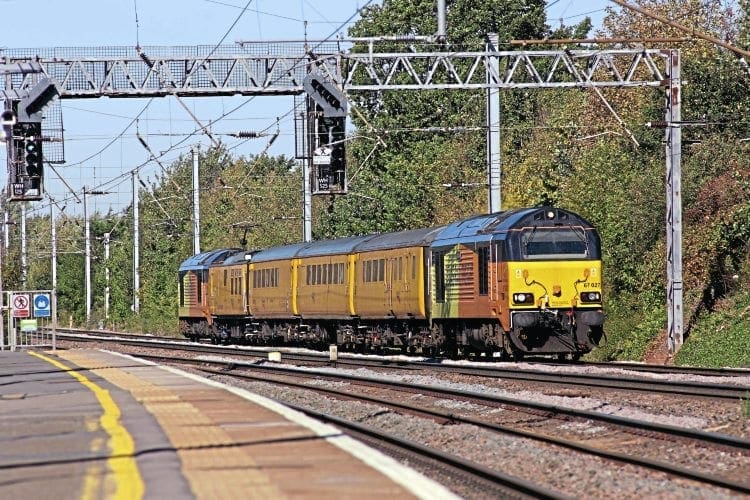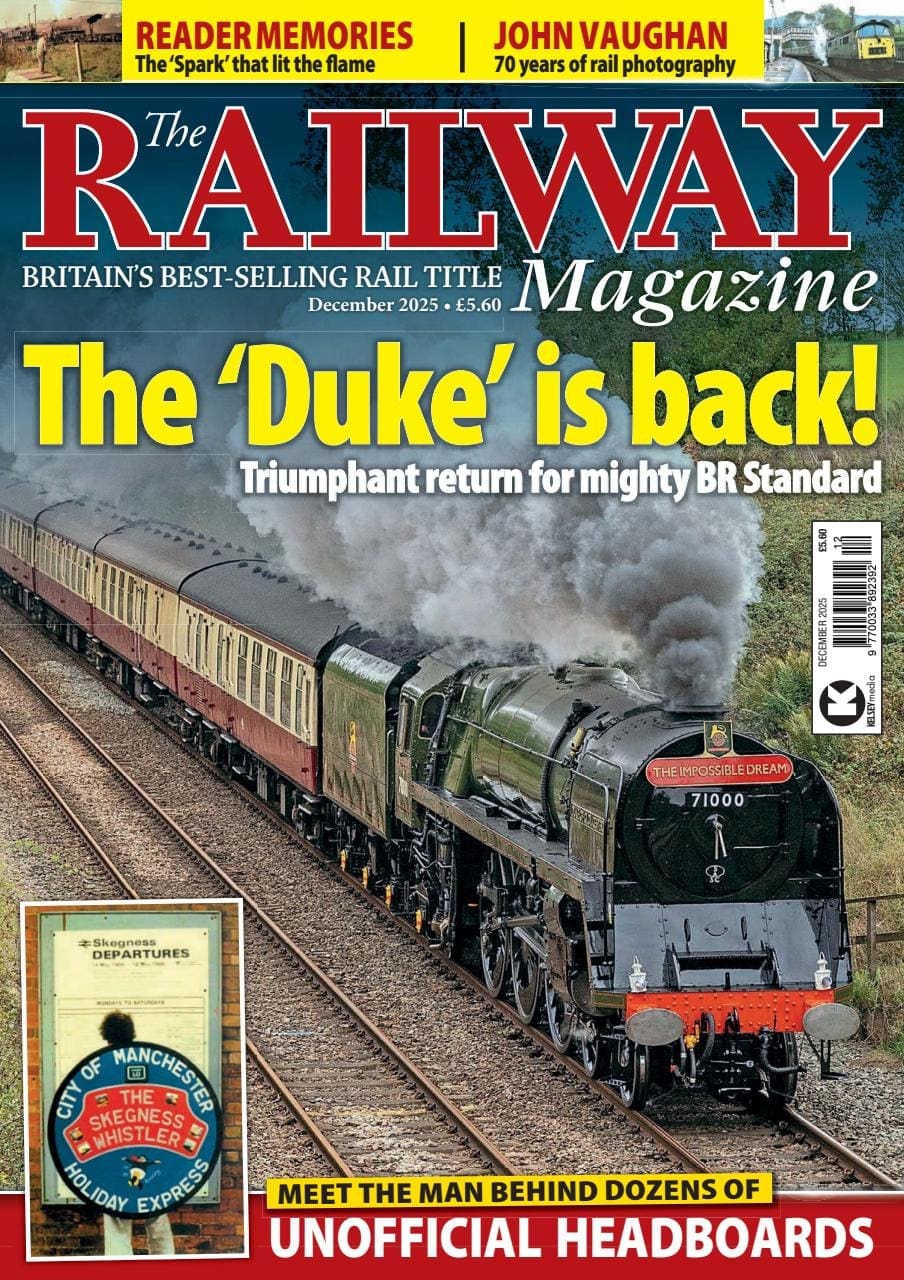Many RM readers will have seen the yellow Network Rail trains around the country, but what do they do and why are they operated? Andrew Royle, who was a technician on the trains, explains their crucial role.
The yellow-liveried test trains of Network Rail, or ‘Infrastructure Monitoring’ (IM) trains to use the correct description, feature regularly in the Operations section of The Railway Magazine.
From the history of steam through to 21st century rail transport news, we have titles that cater for all rail enthusiasts. Covering diesels, modelling, steam and modern railways, check out our range of magazines and fantastic subscription offers.
Their varied motive power and unusual operating schedules certainly make them an attractive target for photographers.
But the work they actually carry out is perhaps not so well understood.
The equipment fitted to each of them varies so there is a degree of overlap between what certain train sets can achieve, but I will attempt to summarise the current situation.
Over the years, the remit of IM trains has extended from one of simply checking the alignment of the track to a range of processes to assess the wider railway.
Track geometry (or alignment) was originally checked and maintained by lengthmen, using gauge sticks, spirit levels and a skilled eye, but the ever-increasing speed and axle loading of trains in general required a more accurate and reliable method.

Early track recording coaches used mechanical displacement measuring equipment, and dropped paint onto the track to indicate any misalignments for correction by the lengthmen.
However, their principal advantage was the fact they were carrying out measurements dynamically (i.e. with the weight of a train on the track).
With their equipment properly calibrated, they also had the benefit of consistency – errors of judgement by any less experienced lengthman were eliminated.

This is still true, though the extra safety benefit today, whether trains are running or not, is that it obviates the need to send people out onto the track.
The principal track geometry issues that are looked for are wide gauge, track twist and cyclic ‘top’, as these are the features most likely to lead to a derailment.
Overall though, well-aligned track also serves to improve passenger comfort and to reduce wear and tear on rolling stock.
Read more and view more images in the September 2019 issue of The RM – on sale now!

